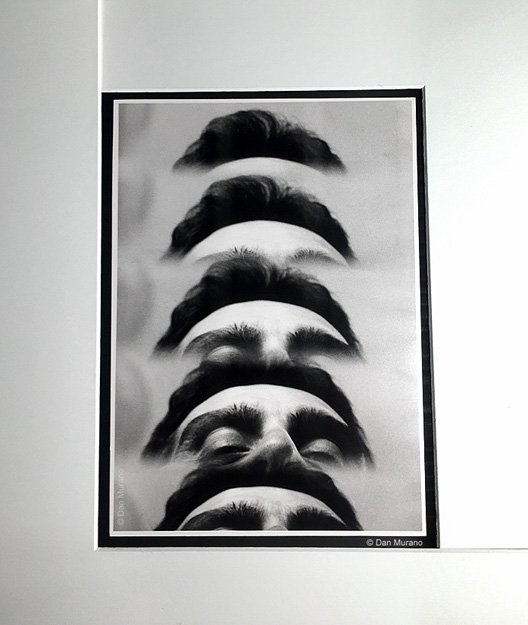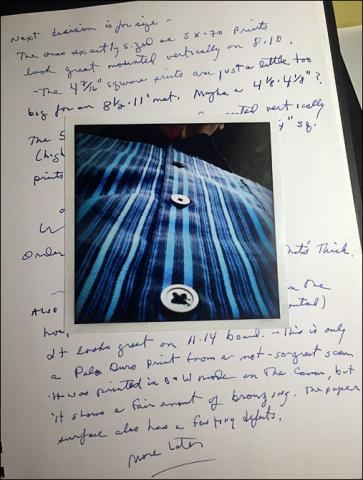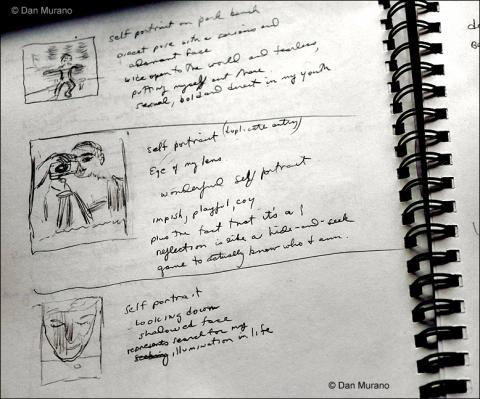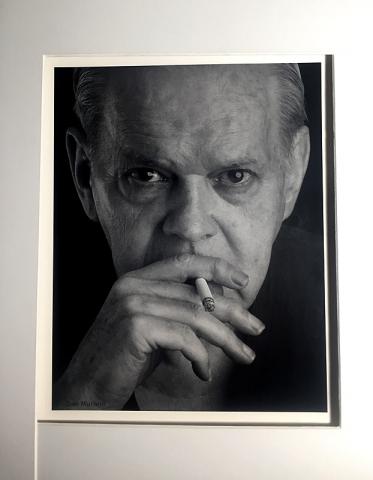Talking pictures
When did I learn to love looking at photos? Probably, when I started making them. A more interesting question might be, when did I start seeing them?
Before computers took over my time in the 1990's, I read every photo magazine that came into my hands. Some of them taught me to make better photos, while others left me lusting for gear and gadgets and salivating over camera ads that promised to ratchet my skills beyond the nth level of greatness.
I miss the look and feel of those old cameras. I miss their ruggedness, their mechanical dials, the whirring springs, light meter needles, flapping mirrors, and hinged backs I would swing open to load up with whatever choice of film my budget made affordable. Whether it was color or black and white, negative or slide, high speed or low speed - each choice was deliberate, and so were the frames I exposed.
Four or five rolls of film were sometimes all I had to last me a month, so I exercised care over how many frames I exposed at one time. That mindset persisted well into the days when I stashed bricks of film in the freezer. I learned to enjoy the slow and meditative process of previsualization and evaluating how focal length, film type, processing and printing might change what I saw in front of my lens.
Digital cameras remove the consideration of film type, and huge memory cards and rapid-fire shutters wreak havoc with my meditative process. Too often, it's 20 frames in a a minute, followed by chimping over the screen to see if the exposure is right. I miss the mystery of waiting to look and the magic of chemical science, and have yet to master the discipline of checking only the histogram and ignoring a preview that never seems to capture the magic I see through the lens. Each method has its advantages.
When I use film (and I still do), I usually set it aside for processing later, so "chimping" happens months, if not years after pressing the shutter release. My record processing gap was 23 years for a roll of Kodachrome that I developed as black and white after commercial processing was no longer available. It was magic pulling those tack-sharp negatives out of the film tank.
I love how photography brings my life back to me.
Have fun and be a better photographer
When people ask me how to improve their photography, the best advice I can offer is: Study your photos.
Study your photos before you press the shutter release, and study them when you see them on screen. Even better, make prints and tack them up where you can look at them every day. You may be surprised to see something different each time you look. Ask yourself what makes one image stronger than one pinned beside it. What weakens the image? What is the subject? Were you close enough, or too far away? Are you sick of seeing it after a week?
Make a set of cropping L's
I have thousands of my old prints and repeatedly examine them, one at a time, setting each one on a clean piece of mat board where I frame it with cropping L's.
Cropping L's are one of my favorite tools. I make them from stock mats or from mats that were cut to the wrong size. I like them clean and wide so my eye's not distracted while I'm framing and cropping my pictures. A slight crop or tilt can dramatically change a photo's dynamic. L's also help me decide how much of a margin I want between the mat's inside border and edge of the print. I make notes when I'm doing this.
Examine the work of other photographers
Another bit of advice I offer is: examine and appreciate the work of other photographers, present and past. Borrow or buy photo books, visit galleries and attend exhibitions. Pay attention to how other photographers present their work.
When I left my hometown in the 1980's, I packed my car with clothes, my camera gear and darkroom, and a stack of carefully chosen photography books. Some were technical volumes and others were collections of photographs. Two I especially loved were collections of work by Henri Cartier-Bresson and Andre Kertesz. I also had a thick volume called: Photography: Venice '79 that contained photo essays, writings, and a wide range of images. These books and others inspired me to branch out and experiment.
Read, look, and think about what you see, and then go out and make images.
Don't give up
There were years when I made no pictures at all. I got absorbed in writing, living, surviving ... and I regret not having photos to show for those times, but life happens. I remember and sometimes mourn the pictures I trashed, but at the time, paring down was a necessity. I do regret having thrown away negatives and slides. Once in a while, I come across a lousy print or a contact sheet and wish I could make a new print. Oh well, maybe those images only look better in memory anyway. Still, don't be too quick to toss your work in the trash.
However your photographic adventure works out for you, it's important not to get discouraged. Keep working and enjoy what you do. That's the key to any success.
Related link: What can you do with an old roll of Kodachrome?



